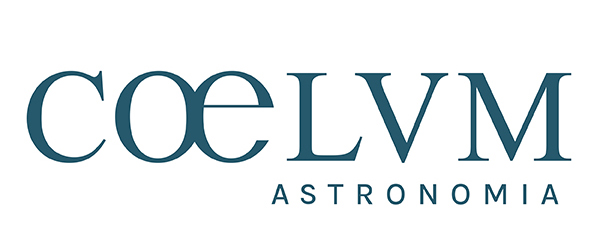The image frames the heart of Carina Nebula, a gem of the Southern-hemisphere sky. Discovered in 1752, it is one of the largest diffuse nebulae in our sky, almost four times larger than the Orion nebula.
At the centre of the image, is Eta Carinae, a stellar system with two (or more) stars. It somehow survived the "Great Eruption" in 1837 which made it the second-brightest star in the night sky for a few years. Located around 7500 light years away, this stellar system has a luminosity greater than five million times that of the Sun. It is expected to explode in a supernova in near future.
At the centre is the Keyhole nebula, a dark cloud, 7 light years across. Right to the nebula, is a binary Wolf-Rayet star system, WR 25, which is possibly the most luminous star present in our galaxy.
Image acquired via Telescope Live
Planewave CDK24
FLI PL 9000
Astrodon HSO Filters
El Sauce Observatory, Chile
Ha: 15 × 120 sec, 30 × 300 sec, 19 × 600 sec
Sii: 15 × 120 sec, 28 × 300 sec, 10 × 600 sec
Oiii: 15 × 120 sec, 28 × 300 sec, 11 × 600 sec
Total Integration: 15h 20m
Processing: Pixinsight, Photoshop
| Data e Ora di acquisizione 28 Novembre 2021 alle 09:20 |
| Condizioni del Cielo Good Seeing |
| Filtri Utilizzati Astrodon HSO Filters |
| Diametro del Telescopio 24 mm (0") |
| Focale di Acquisizone 3960 mm |
| Soggetti eta carinae, Keyhole Nebula |
| Schema Ottico del Telescopio Dell-Kirkham |
| Marca del Telescopio Planewave |
| Tipo Immagine Digitale |
| Dispositivo di Acquisizione CCD |
Altre Fotografie di questo Autore

SOSTIENI PHOTOCOELUM



















